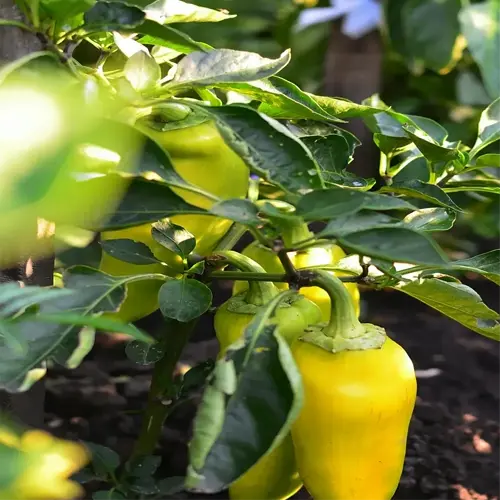What is the purple stuff on pistachios?

Written by
Tina Carter
Reviewed by
Prof. Charles Hartman, Ph.D.The purple staining on the pistachios indicates a fungous issue with Alternaria mold, a fungal issue that flourishes in humid conditions. I have observed orchards where 30% of the crops were stained after monsoon rains. It is safe to say that, while a few light spots won't cause any harm, extensive infections will ruin taste and marketability. Prevention starts in the orchard and not in the pantry.
Cultural Controls
- Drip irrigation: Targets roots, avoids wetting hulls
- Canopy pruning: Allows 5-8mph airflow between trees
- Morning harvest: Reduces dew contact with nuts
Post-Harvest Handling
- Dehull within 24hrs: Prevents spore germination
- Dry to 5% moisture: 140°F (60°C) airflow for 18hrs
- Cold storage: 32°F (0°C) at 65% RH halts mold
A 2021 outbreak in the Central Valley illustrates the financial consequences of neglect.A grower noticed early purple speckling but did not take action, believing that summer heat would kill the spores.Instead, 65% of this grower's crop that year developed bitter flavors, significantly lowering prices from $4/lb to only $0.80/lb.Overall, proactive monitoring is much more beneficial than trying to mitigate damage after problems occur.
Home growers experience risks that are different than those that commercial growers experience. A local Yuma backyard orchard lost all of its crops to Alternaria after irrigating with lawn sprinklers. Switching to subsurface drip and spacing the trees out 25ft solved the disease issue. They now have humidity sensors in the orchard that signal when the percentage of relative humidity is 55% RH, the threshold humidity level where the conditions cause disease risk.
Storage is as equally important as growth. I suggest vacuum sealing the pistachios along with 500cc oxygen absorbers--a Phoenix family reduced repeat mold from 20% to 2% with this method. You can also use glass jars with rubber seals, plastic bags trap remaining moisture and are a recipe for disaster.
Read the full article: How to Grow Pistachios: 9 Essential Steps for Success

